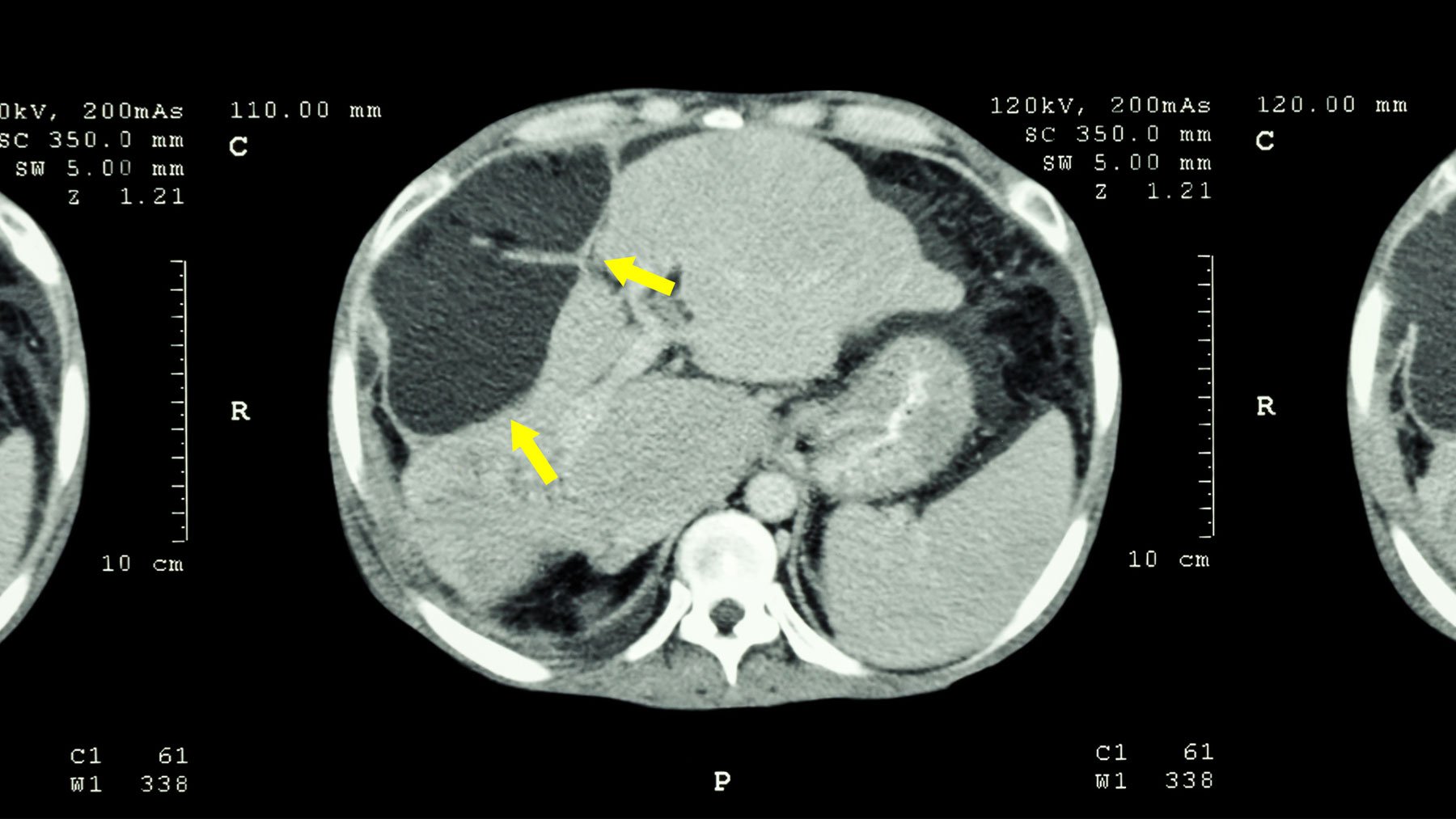A therapeutic alternative for inoperable tumors such as the pancreas or liver.

Irreversible electroporation (IRE) This is therapy alternative to surgery for the treatment of tumors, especially used in pancreas, liver, kidneys or prostate. In some cases of inoperable tumors, treatment options are limited, especially when the tumors are located near delicate structures. IRE presents therapeutic opportunities that push the boundaries of what can be treated through tumor ablation.which makes it possible to increase the survival rate of patients, according to Dr. Rodrigo Alonso-Gonzalez, interventional radiologist at the Spanish Society of Medical Radiology (SERAM) and the main author of the article referred to in the treatment, published in the journal Radiology: “Irreversible electroporation: pushing the boundaries of ablation.
Pancreatic cancer with its late diagnosis and its aggressivenessrepresents one of deadliest types of cancer inside medicine. For patients with inoperable tumors, options are limited and the prognosis is dismal. IRE is emerging as a treatment alternative that may improve the survival of patients with locally advanced cancer without metastases.. Dr. Alonso-Gonzalez notes that “Additionally, in cases where tumors are borderline resectable, IRE can shrink them enough that surgery can be performed and removed with better results.”
Technique, step by step
To destroy the tumor, IRE uses electricity applied using high voltage electrical impulses. To deliver these pulses, needle electrodes must be placed around the tumor with great precision, using ultrasound and CT as an image. “The needles used are the same diameter as blood collection needles and are inserted through the skin. The applied electrical current causes small pores to form in the membrane of the tumor cells, which ultimately leads to their death,” says Dr. Alonso-Gonzalez.
Unlike other ablative techniques, IRE it is possible to destroy the malignant cell without damaging the vital structures surrounding the tumor.such as blood vessels, urinary tract or bile ducts. This unique characteristic allows it to be used for tumors with difficult localization for other ablative methods and surgical operations, for example, for centrally located kidney tumors or liver tumors close to large vessels.
Except, A malignant cell, when destroyed by IRE, releases molecules that allow us to activate our own immune system against the tumor. “There have even been cases described where this effect led to the disappearance of metastases located at a distance from the treated tumor (abscopal effect). All of this is of great interest as there are more and more drugs that activate our immune system against different types of cancer (immunotherapy), and their combination with IRE is very promising,” comments Dr. Alonso-Gonzalez.
Minimally invasive and fast recovery
Like other ablative tumor treatments such as radiofrequency or microwave radiation, IRE It is a minimally invasive procedure and patients go home within 24 to 48 hours with no scarring and a much faster recovery than surgery. As with other interventions, general anesthesia is also required and this procedure also requires special monitoring and management.
“IRE is a treatment with a great future. Many studies comparing IRE with conventional treatment will be published in the coming years, which will help us understand what role this therapy may play. For example, combining IRE with immunotherapy is showing really encouraging results in the first studies that have been done.. In addition, technological advances such as single-needle IRE or increasingly precise robotic and planning systems paint a truly promising picture,” explains Dr. Alonso-Gonzalez.
He interventional radiologist – a specialist who performs this procedure. Accurate placement of multiple needles around a tumor is challenging, and prior experience with tumor ablation treatments is required.
